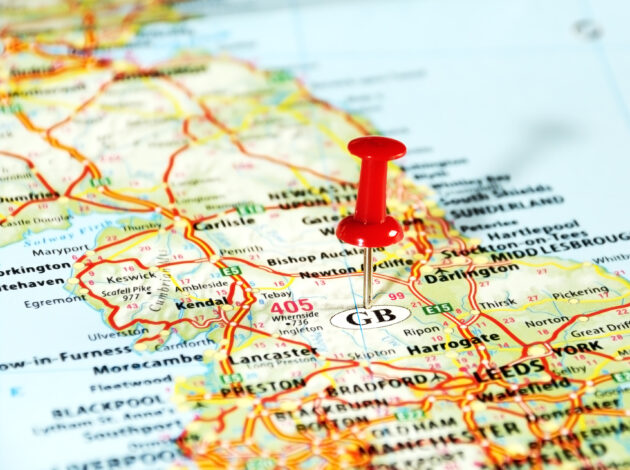Street lighting: Better statistics for local areas

Quicker and more detailed local statistics showing changes to the economy, environment and society are a major priority for the ONS. We are leading a radical cross-government initiative to transform the evidence base available for decision-makers and researchers. Here Sam Beckett explains how new and richer data will help to reveal a clear and changing picture of the UK’s local economies, populations and environments.
These have been extraordinarily busy times here at the ONS as during the pandemic we published brand new surveys looking at the spread of the virus as well as identifying and utilising multiple new data sources to highlight COVID-19’s impacts.
However, one area where there is still work to do is producing more timely, granular and harmonised statistics for local areas. We have been leading work across the Government Statistical Service (GSS) to develop a Subnational Data Strategy, published today, which sets out how we, other government departments, public bodies and the devolved administrations can develop and publish the important local area statistics that all levels of government need to measure the progress of their policies.
This theme is not new for us; in 2019 we started publishing quarterly, regional GDP statistics, harnessing the power of VAT returns to deliver estimates over a year faster than had been previously possible. And only a matter of months ago, working with colleagues at HMRC, we began to publish regular information on the number of employees, broken down by both region and industry.
Yet, more remains to be done. To go alongside today’s GSS Subnational Data Strategy we have published our most detailed GVA estimates ever, which show how GVA is changing right down to very local areas (known as medium super output areas), as well as travel to work areas and information on towns.
In addition, new analysis looks at the different industrial makeup of our towns, providing data and insights crucial to building up a picture of their economic health.
This is the latest in a series of ONS publications that have been casting new light on our towns with previous articles providing data and analysis on population, demographics, housing and employment, in addition to an article that focused specifically on our coastal towns.
We also have ambitious plans to develop a subnational data explorer, which will allow users to see exactly what is known about an area, and will be broken down by a number of widely-used geographies, such as counties and unitary authorities, local authority districts, and towns. In the long run we will seek to create the local area building blocks so that users can define the geographical breakdowns that they need, building on the work to produce various output areas from the census.
In the coming months we will be publishing a workplan highlighting the subnational statistics we plan to develop further to provide the timeliness and geographical detail that better meet the needs of our users.
Now is the time to come together, from across the GSS and beyond, to deliver an ambitious future for subnational statistics for the public good. This journey will not be fast or easy and will require strong cross-government collaboration, but is an important strand of our work to continue to produce the fast and high-quality statistics that decision makers will need in the coming years as we rebuild and move on from the impacts of COVID-19.

Sam Beckett is the Second Permanent Secretary and Head of Economic Statistics at the Office for National Statistics